This is from the US Navy Dive Manual.
Attachments
-
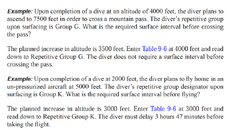 Screenshot 2023-05-25 at 10.08.43 AM.png278 KB · Views: 37
Screenshot 2023-05-25 at 10.08.43 AM.png278 KB · Views: 37 -
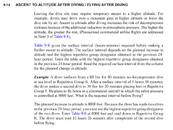 Screenshot 2023-05-25 at 10.08.33 AM.png378.5 KB · Views: 46
Screenshot 2023-05-25 at 10.08.33 AM.png378.5 KB · Views: 46 -
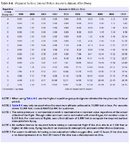 Screenshot 2023-05-25 at 10.07.30 AM.png405.8 KB · Views: 41
Screenshot 2023-05-25 at 10.07.30 AM.png405.8 KB · Views: 41 -
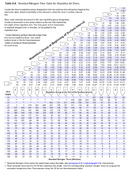 Screenshot 2023-05-25 at 10.08.12 AM.png453.1 KB · Views: 33
Screenshot 2023-05-25 at 10.08.12 AM.png453.1 KB · Views: 33 -
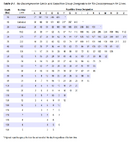 Screenshot 2023-05-25 at 10.08.01 AM.png219.4 KB · Views: 48
Screenshot 2023-05-25 at 10.08.01 AM.png219.4 KB · Views: 48




